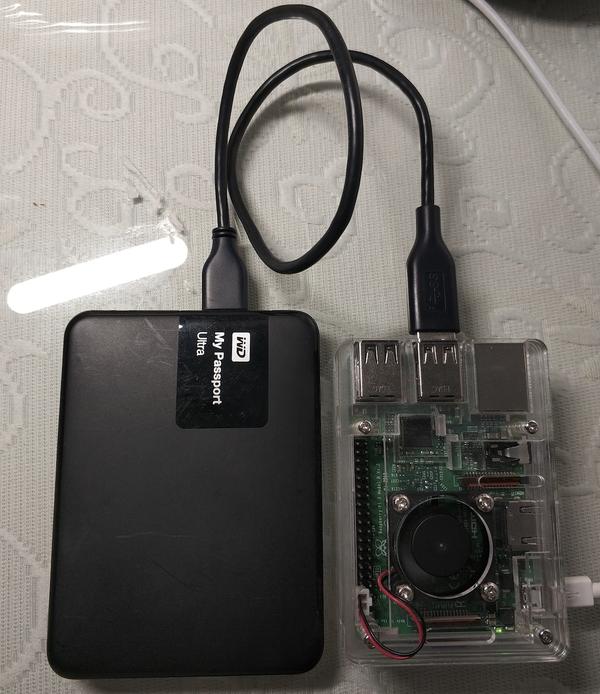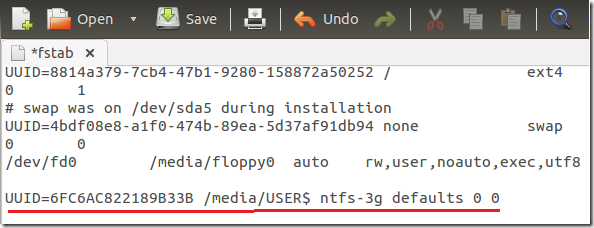
dev/sdb1 /media/software ntfs-3g silent,umask=0,locale=en_US.utf8,no_def_opts,allow _other 0 0 dev/sda1 /media/pub.ftp ntfs-3g silent,umask=0,locale=en_US.utf8,no_def_opts,allow _other 0 0 dev/hdc5 /media/azuur fuse rw,nosuid,nodev,noatime,allow_other 0 0 dev/hdc1 /media/data0 fuse rw,nosuid,nodev,noatime,allow_other 0 0 dev/hdd1 /media/muziek fuse rw,nosuid,nodev,noatime,allow_other 0 0 dev/sdc1 /media/system fuse rw,nosuid,nodev,noatime,allow_other 0 0 dev/sdb1 /media/software fuse rw,nosuid,nodev,noatime,allow_other 0 0 dev/sdc2 / ext3 rw,errors=remount-ro 0 0ĭevpts /dev/pts devpts rw,gid=5,mode=620 0 0 Mount: mount point silent,umask=0,locale=en_US.utf8,no_def_opts,allow _other does not exist :-kįusermount: if you are sure this is safe, use the 'nonempty' mount optionįailed to startup volume: Invalid argumentĬouldn't mount device '/dev/hdc2': Invalid argument One of my drives gets unmounted, and more worrying: 'disks-admin' consequently quits 'unexpectedly'. Then later i discovered this method and followed steps 1-3 ok all drives but one appeared on my desktop and were writable. dev/hda1 /media/windows ntfs-fuse auto,group=ntfs,umask=007 0 0

most of my drives are mounted (yeey!) I'm a newb with linux and might have done something terribly wrong.Ĭhange my fstab partitions and /media/-directories accoringly to: Just trying to figure out my options at this point.Īt first I thought it worked. next time I ran chkdsk against it, no more error's. ran chkdsk against the volume and got a message back that the volume had some errors.
#NTFS 3G ETC FSTAB INSTALL#
so I tried going into repair console mode on the windows xp install cd. no dice - couldn't figure out which app I needed to run to fix it. I downloaded the Ultimate Boot CD (based on comments above) to try and repair the NTFS volume - since I don't have windows xp installed on this box any longer. Try to mount volume in windows, shut down and try again. and I'm getting this error when executing a mount -a (and yes, I've restarted the system a couple of mount -aĬouldn't mount device '/dev/sda1': Operation not supported Generic labels are created in the directory /dev/label/.I don't have Windows on my box any longer, and I have a NTFS volume that I don't have enough room to export the data files from my ntfs system so I can convert that as well. Support for partition metadata is implemented for: O MSDOSFS (FAT12, FAT16, FAT32) (directory /dev/msdosfs/).

O UFS2 file system IDs (directory /dev/ufsid/). O UFS1 file system IDs (directory /dev/ufsid/). O UFS2 volume names (directory /dev/ufs/). O UFS1 volume names (directory /dev/ufs/). for UFS the file system label is set with Labels cannot be set with glabel, but must be set with the appropriateįile system utility, e.g. This class also provides volume label detection for file systems. “automatic” method uses on-disk metadata to store the label and detect So a label has to be configured by hand every time it is needed. When using the “manual” method, no metadata are stored on the devices, A label canīe set up on a GEOM provider in two ways: “manual” or “automatic”. The glabel utility is used for GEOM provider labelization. The glabel tool doesn’t depend on the file system.

Unfortunately the first two tools are file system specific and will work with ufs. So there are a couple of ways to label a disk: newfs, tunefs, and glabel. These are not file system specific, and will be created in the /dev/label directory. Permanent labels can also be created with the glabel label command. For example, UFS2 file system labels will be created in the /dev/ufs directory. They will then be created in a sub-directory of /dev, which will be named according to their file system type. Permanent labels can be created with the tunefs(8) or newfs(8) commands. There are two types of labels, a generic label and a file system label. By using this label as a device, the file system may always be mounted regardless of what device node it is accessed through. Because glabel stores the label in the last sector of a given provider, the label will remain persistent across reboots. By using the glabel utility, an administrator or user may label their disk devices and use these labels in /etc/fstab. This will cause issues mounting file systems if they are listed in /etc/fstab, effectively, this may also prevent the system from booting.Ī better solution is available. This method of probing for devices raises some issues, for instance what if a new disk device is added via USB? It is very likely that a flash device may be handed the device name of da0 and the original da0 shifted to da1. During system initialization, the FreeBSD kernel will create device nodes as devices are found.


 0 kommentar(er)
0 kommentar(er)
